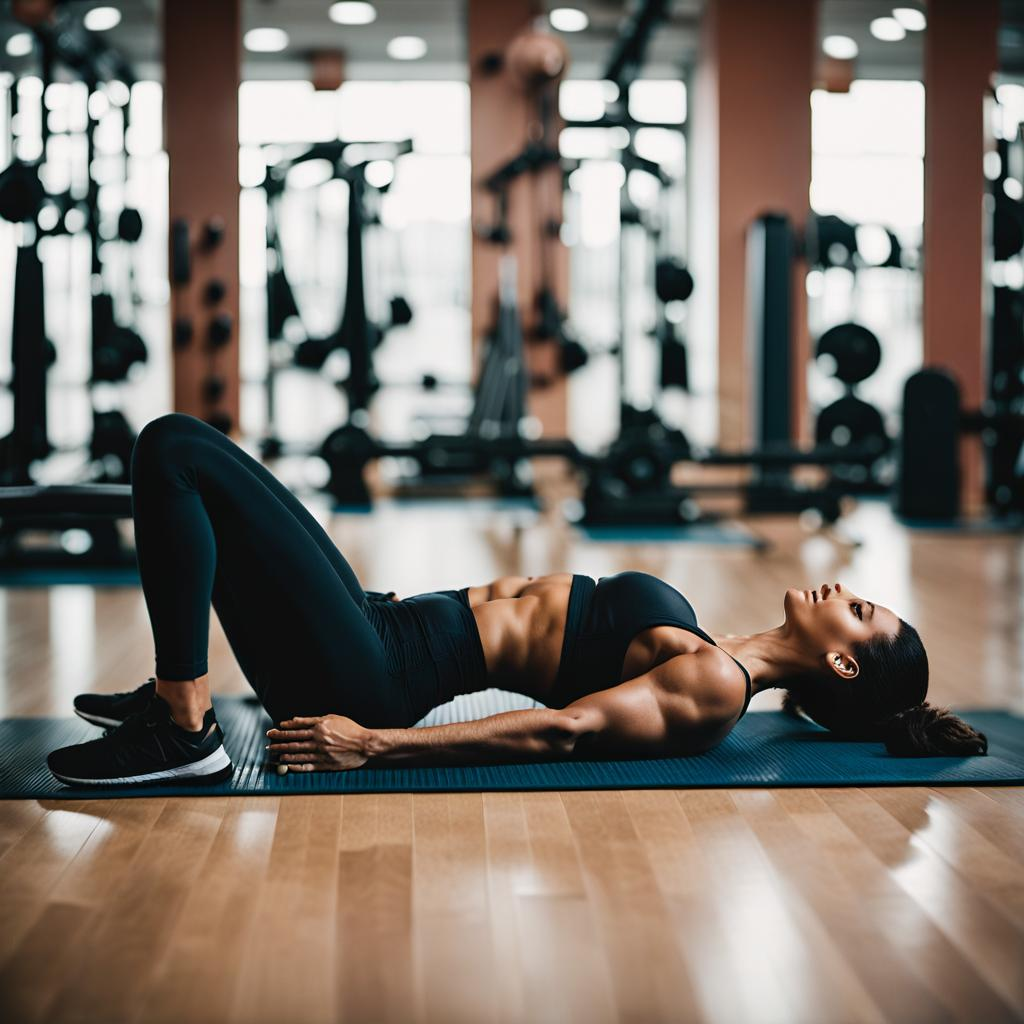Isolating the Abs, Calves, and Arms: Why Do It?
In the world of fitness and bodybuilding, the debate over isolation exercises for specific muscle groups like the arms, calves, and abs is almost as old as the discipline itself. The central question revolves around whether engaging in the big lifts—those compound movements that recruit multiple muscle groups simultaneously—is sufficient for developing these smaller yet aesthetically significant muscles or if targeted isolation work is required for optimal growth and strength gains.
The truth lies in understanding how exercises stimulate muscles and the unique needs of each muscle group for development. This article dives deep into the debate, examining the arguments for and against isolation exercises and offering practical advice to help you decide the best approach for your training goals.
The Case for Isolation Exercises
By design, isolation exercises focus on stimulating a single muscle or a specific group of muscles, providing targeted work that can be essential for growth, especially for areas requiring more attention. This is particularly true for muscles requiring more stimulation from compound exercises.
Direct Abdominal Work: A Necessity?
The core muscles, including the abs, play a crucial role in nearly all big lifts, from deadlifts and squats to overhead presses. However, the involvement of the abs in these exercises often leads to the assumption that additional abdominal work is unnecessary. Yet, this overlooks that targeted ab exercises can further enhance muscle definition, strength, and overall performance.
The analogy with other muscle groups, such as the biceps, triceps, and delts, is telling: just as these muscles benefit from direct work despite being involved in compound lifts, so do the abs.
The Debate Over Calves and Arms
Calves and arms are often overlooked in favour of larger muscle groups, but their development is crucial for balanced aesthetics and functionality. While genetics play a significant role in the size and shape of these muscles, targeted isolation work can make a considerable difference, especially for those seeking to overcome genetic limitations or achieve a more sculpted look.
Addressing Common Myths and Misconceptions
"You Don't Need to Train Abs Directly"
While it's true that everyone has abs, their visibility and development depend on body fat levels and muscle size. Competitive bodybuilders and athletes have long understood the importance of direct ab work for achieving the coveted six-pack look, improving performance, and reducing the risk of injury.
"Isolation Exercises Don't Contribute to Performance"
On the contrary, targeted exercises like trunk flexion, rotation, and anti-movement work, while not mimicking the exact function of the core in big lifts, play a critical role in developing muscle control, strength, and endurance. This, in turn, can translate to better performance in compound movements and a lower risk of back pain and other injuries.
"Only Genetics Determine Ab Visibility"
While genetics play a role in the distribution and definition of abdominal muscles, this doesn't negate the value of isolation exercises.
Targeted ab workouts can increase the thickness of the rectus abdominis, enhancing the visual contrast between the muscle packs and the tendinous intersections and thereby improving overall abdominal aesthetics.
"Training Calves is Futile"
The argument that calf size is purely genetic dismisses the potential for growth through dedicated training. Although calves might have a lower trainability than other muscle groups, focused exercises can still yield improvements in size and strength, particularly for those looking to achieve a balanced physique.
Tailoring Your Workout: Practical Advice
Your individual fitness goals, body type, and current level of development should guide the decision to incorporate isolation exercises into your routine.
For those focused on aesthetics or bodybuilding, isolation work is often essential for achieving a balanced and sculpted physique.
Conversely, athletes and individuals prioritising strength or performance might find that focusing on compound movements, supplemented by targeted isolation exercises for weaker areas, offers the most benefit.
Conclusion
The debate over isolation exercises is not a matter of "one size fits all." The decision to focus on arms, calves, and abs through targeted work should be informed by an objective assessment of your goals, needs, and muscles' responses to different forms of stimulation.
Whether you're looking to enhance your physique, improve your performance, or maintain a balanced and healthy body, understanding the role of isolation exercises can help you make informed decisions that align with your training objectives.
FAQ
Q: Are isolation exercises necessary for everyone?
A: Not necessarily. It depends on your fitness goals. Isolation exercises can be beneficial if you want to build a balanced and sculpted physique. However, compound movements might be more effective if you focus on overall strength and performance.
Q: Can I achieve a six-pack without doing direct ab work?
A: While compound movements engage the abs, direct ab work can enhance muscle definition and strength, making it easier to achieve a six-pack.
Q: Is it true that calf size is purely genetic?
A: Genetics play a role, but dedicated training can still lead to improvements in size and strength.
Q: How often should I do isolation exercises?
A: This depends on your individual goals and fitness level. Generally, incorporating isolation exercises 2-3 times a week can be effective for most people.
Q: Can isolation exercises help prevent injuries?
A: Yes, targeted exercises can improve muscle control, strength, and endurance, translating to better performance in compound movements and a lower risk of injuries.

